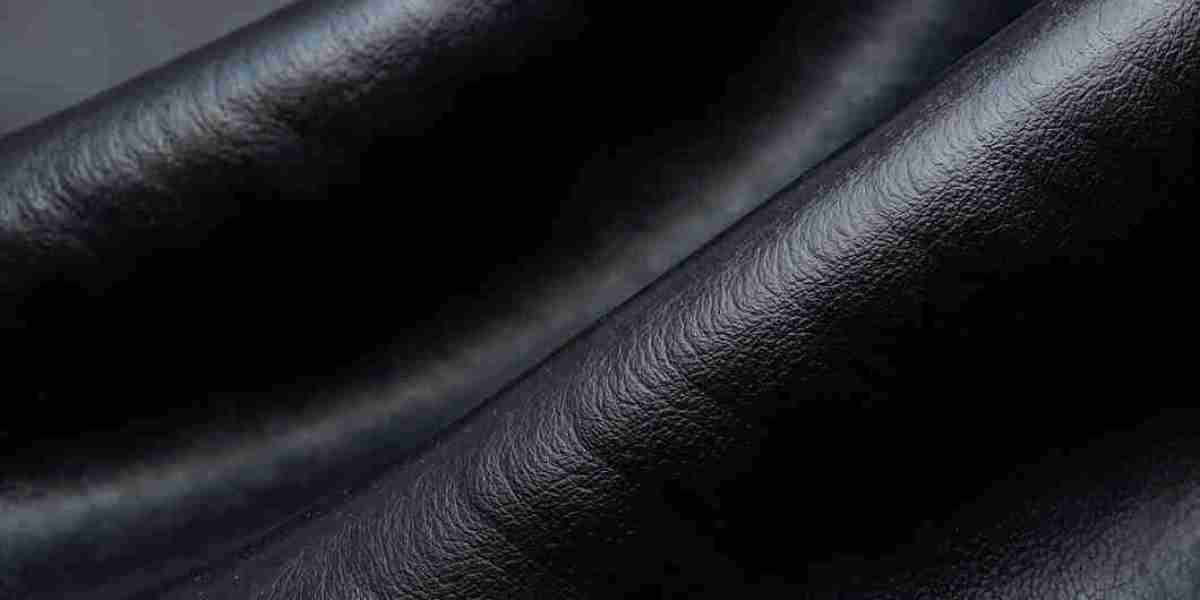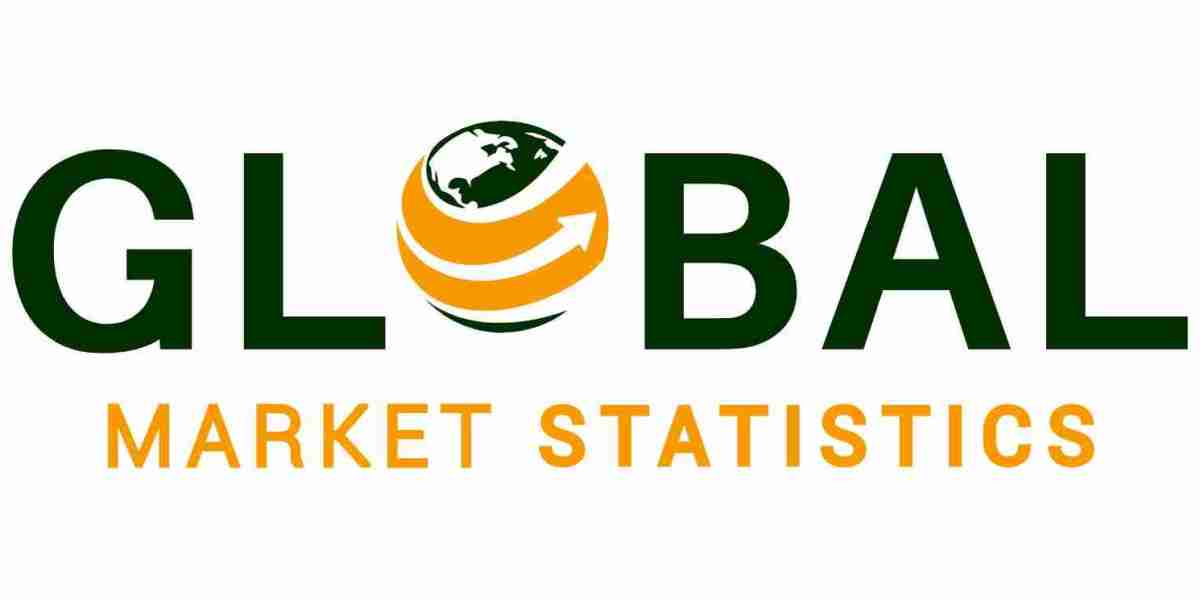The metal-free leather market has been growing rapidly due to increasing consumer demand for eco-friendly and sustainable products. While this growth presents opportunities, there are significant restraints that could hinder the market's progress. These restraints are a result of various factors including production challenges, higher costs, and a lack of consumer awareness. This article explores the key barriers that affect the metal-free leather market, presenting a clearer picture of the potential roadblocks in its future growth.
Production Challenges
One of the major challenges faced by the metal-free leather market is the difficulty of mass-producing leather without using traditional tanning methods, which often involve metals like chromium. The tanning process without metals requires more time and care, often limiting the scalability of production. Additionally, the metal-free tanning process may not always provide the same durability and resistance as traditional leather, creating a compromise in product quality. Manufacturers may face difficulties in replicating the texture, finish, and overall quality of metal-tanned leather using alternative methods.
Higher Costs of Production
Producing metal-free leather often requires more specialized equipment and labor. For instance, vegetable tanning, which is one of the most common methods for producing metal-free leather, demands more time and higher labor costs. Moreover, the raw materials used for vegetable tanning are not as widely available as those used in traditional tanning processes, further inflating the production costs. As a result, manufacturers may find it more challenging to scale up production to meet market demand while keeping costs competitive with traditionally tanned leather.
Limited Consumer Awareness
Although sustainability and eco-conscious living have gained significant attention in recent years, many consumers remain unaware of the benefits of metal-free leather. Traditional leather, despite being more harmful to the environment, is still widely accepted due to its longevity and durability. The higher price point of metal-free leather can also be a deterrent for consumers who may not fully understand the advantages of choosing an environmentally friendly alternative. Consequently, the limited awareness of the environmental benefits of metal-free leather restricts its market potential.
Regulatory and Certification Challenges
Another challenge in the metal-free leather market is the complexity and inconsistency of certifications and regulations across different regions. Various eco-certifications exist, but their standards can differ significantly, making it difficult for manufacturers to comply with all the requirements. The lack of a unified standard for metal-free leather further complicates things, leading to confusion and inconsistent product quality across the market. Manufacturers also face the risk of fraudulent claims, where products may be marketed as metal-free when they are not, undermining consumer trust and slowing market growth.
Supply Chain Constraints
The metal-free leather market is also constrained by supply chain limitations, particularly in the availability of raw materials. For instance, the plant-based tannins used for vegetable tanning may be in limited supply or subject to price fluctuations, making it challenging to maintain consistent production at competitive prices. Furthermore, the market for metal-free leather relies heavily on small-scale suppliers who might not have the resources or infrastructure to meet the growing demand. As a result, the supply chain can struggle to keep up with consumer demand, limiting the market’s potential to scale.
Conclusion
While the metal-free leather market offers significant potential, it faces several key restraints that need to be addressed. These challenges, including production difficulties, higher costs, limited consumer awareness, certification inconsistencies, and supply chain limitations, must be overcome for the market to continue growing. As more consumers become aware of the benefits of eco-friendly products, it’s likely that innovation in production techniques and materials will help to reduce these barriers, ultimately enabling the metal-free leather market to thrive.




